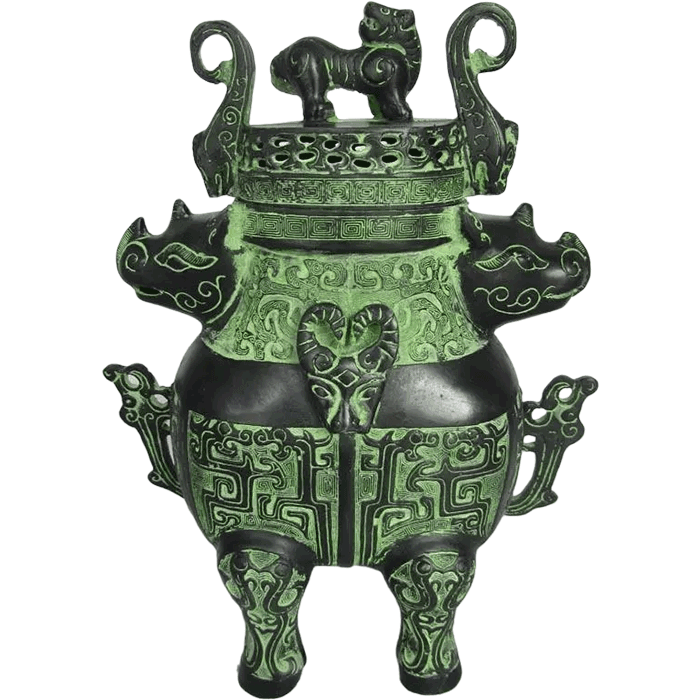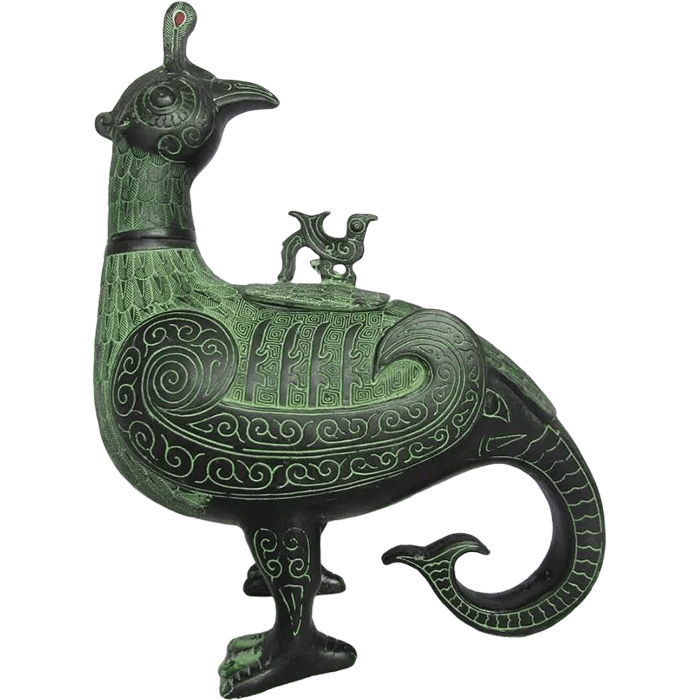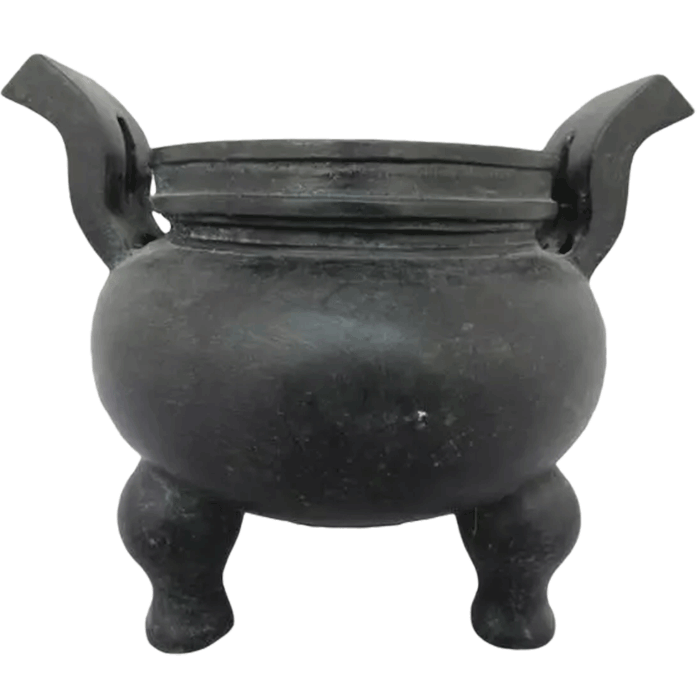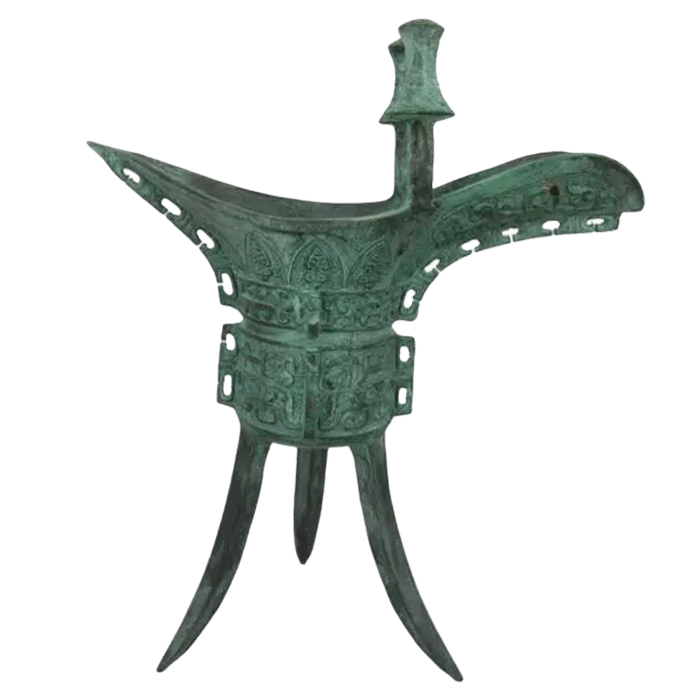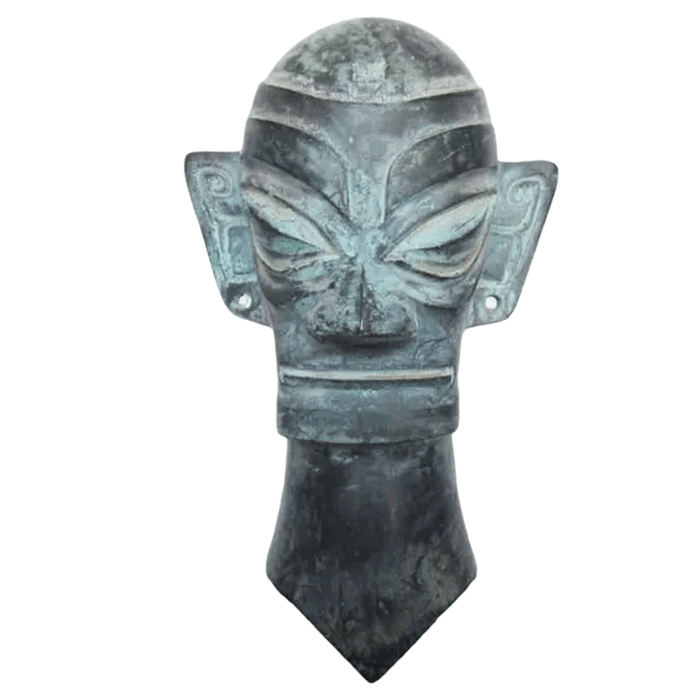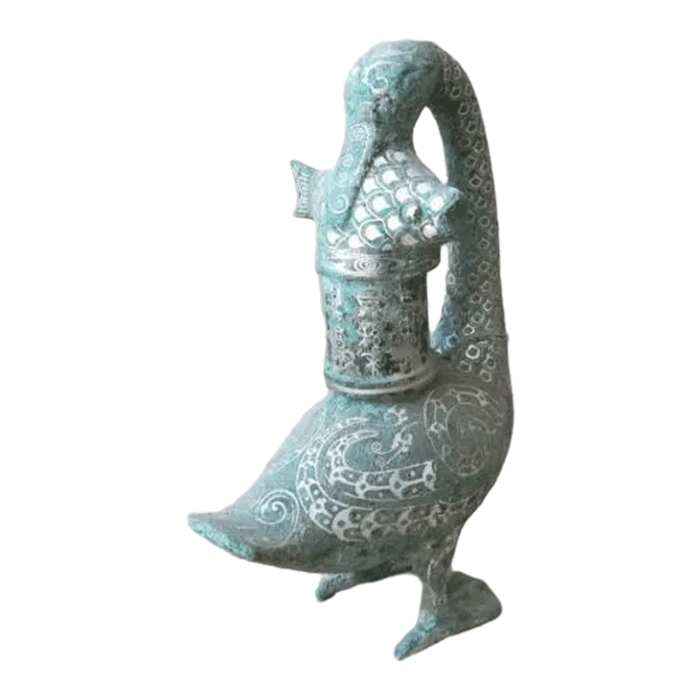Zenghouyi Chime Bell and Qinshihuang Mausoleum Bronze Chariots and Horses
Zenghouyi Chime Bell
warring states
Zenghouyi Chime Bells, a cultural relic of the early Warring States Period, is a huge musical instrument composed of sixty-five pieces of bronze chime bells. Unearthed in Sui County, Hubei Province (now Suizhou City) in 1978, it was the first batch of Chinese cultural relics prohibited from going abroad (border) for exhibition.
Unearthed
In 1978, the Chime Bell of Marquis Yi of Zeng was unearthed. (File photo provided by Hubei Provincial Museum)
In September 1977, on a small hill on the outskirts of Suizhou, Hubei, after sleeping underground for 2430 years, the Chime Bell of Marquis Yi of Zeng was rediscovered. This is an unprecedented discovery in the history of Chinese cultural relics archaeology, music history and casting history.
On that day, during the expansion of the barracks of the Leigudun garrison on the outskirts of Suizhou, the tomb of Marquis Yi of Zeng was discovered by accident. This is a "super ancient tomb" with an area of 220 square meters, which is six times larger than the Mawangdui Han Tomb in Changsha. When the survey team arrived at the scene, the blast holes drilled by the troops were only 80 centimeters away from the top floor of the ancient tomb. As long as one more shot was fired, this ancient tomb containing ancient treasures would never exist again.
At 5 o'clock in the morning on May 22, 1978, after the water in the tomb was drained, the majestic chime bell of Marquis Yi of Zeng revealed its true colors. For more than 1,400 years, 65 large and small clocks weighing 2,567 kilograms have been neatly hung on the wooden bell frame.
After the chime bells were unearthed, musicians Huang Xiangpeng, Wang Xiang and others from the Ministry of Culture rushed to the scene to measure the sound of the whole set of chime bells one by one. The test results show that the range of Zenghouyi chime bells spans 5 octaves, only one octave less than that of modern pianos, and the center range is complete with 12 semitones.
Heritage features
The bell frame is in the shape of a curved ruler, 11.83 meters long, and divided into upper, middle and lower floors. The whole set of chimes has 65 pieces in total, with a total weight of 2,500 kilograms. Both can produce two syllables, forming the phenomenon of "two tones in one bell", showing a harmonious three-dimensional relationship between large and small, which is extremely rare in the history of world music.
Heritage value
It is the largest and best-preserved group among the more than 40 sets of chime bells unearthed in China. It is also the most magnificent and exquisite large-scale musical instrument in the history of China and the world. Its superb casting technology and good music performance have rewritten the history of world music, and are called "rare treasures" by Chinese and foreign experts and scholars.
played three times
First played: 1978
When it was unearthed in 1978, archaeologists tried to ring the chime in a repair shop in Suizhou. Visitors visit the Chimes of Marquis Yi of Zeng in the Hubei Provincial Museum. After the chimes of Marquis Yi of Zeng were unearthed, musicians from the Ministry of Culture rushed to Suizhou to measure the sound of the whole set of chimes one by one. On August 1, 1978, the chime bell of Marquis Yi of Zeng, which had been silent for more than 2,400 years, re-issued its romantic eternal sound to the world. The chime performance started with "Dongfanghong", followed by the ancient song "Chu Shang", the famous foreign song "Safe voyage", the folk song "The Sun That Never Sets on the Grassland", and finally ended with the music of "The Internationale".
Second playing: 1984
In 1984, in order to celebrate the 35th anniversary of the founding of the People's Republic of China, the performers of the Provincial Museum were specially approved to go to Beijing with the chimes. "Sorrow" and "Ode to Joy" and other famous Chinese and foreign songs.
Played for the third time: 1997
In 1997, when the famous musician Tan Dun composed the large-scale symphony "Symphony 1997: Heaven, Earth and Man" to celebrate the return of Hong Kong, he was specially approved by the state to ring the chime again.
Qinshihuang Mausoleum Bronze Chariots and Horses
Qin Dynasty
The Bronze Chariots and Horses of the Mausoleum of Qin Shihuang is a large-scale burial bronze chariot and horse model of the Mausoleum of Qin Shihuang. It was unearthed in 1980 on the west side of the tomb of Qin Shihuang's Mausoleum in Lintong, Shaanxi, China. It is the earliest, largest and best-preserved bronze chariot and horse discovered so far.
Unearthed
Bronze chariot and horse archaeological excavation site data map courtesy of Qinshihuang Mausoleum Museum
In the winter of 1980, two large bronze chariots and horses were unearthed at a depth of 7.8 meters at a depth of 20 meters to the west of Qin Shihuang's Mausoleum. When the No. 2 bronze chariot was unearthed, it was broken into 1,555 pieces, but it was restored and intact. The car is 3.17 meters long and 1.06 meters high, which is equivalent to half of the real car and horse. The total weight is 1241 kg, and it is assembled from 3462 parts. Among them, there are 1,742 bronze pieces, 737 gold pieces, and 983 silver pieces. Its size is so large that it can be called the "Bronze Crown". Its design and production are surprisingly similar to modern engineering structures, far beyond people's imagination.
Heritage features
There are two bronze chariots and horses, one in front and one behind. The front ride is for the guard warriors, and the rear ride is for the concubines.
Bronze Chariot No. 1 Chariot, named "Standing Chariot", also known as "Rong Chariot" and "Gaoche", with a shield on the right side of the chariot, and a bronze crossbow and copper arrowhead hanging in front of the chariot. A round umbrella stands on the car, and under the umbrella stands a 91-centimeter-high bronze figurine of an imperial official. Bronze Chariot No. 2 is a four-saddle cart, which is in the shape of a convex character. It is divided into two rooms: the front and the back. For the owner to live.
Heritage value
Take the No. 2 bronze chariot and horse as an example. The bronze figurine of the royal officer on the chariot sits in a squatting posture, with both arms raised forward and both hands holding the bridle. The joints and nails of each finger are shaped very realistically. Staring forward with both eyes, half pursing his lips, smiling, and respectful, the image of a senior official who is loyal to his duty is vividly portrayed. There are four bronze horses in total, with thick limbs, well-proportioned proportions, fat bodies, and strong muscles and bones. The two horses in the middle raise their necks and heads high, and the heads of the horses on both sides turn slightly outward. The carriages and horses are exquisite in workmanship, such as decorative tassels, which are twisted with thin copper wires, resembling hemp wool.
What deserves special mention is the combination of misgrinding and color painting, which greatly enhances the artistic effect. The author grinds the fur in different directions according to different parts of the horse body, and then paints it with color to create a real sense of fur. The authenticity and vivid texture of the details is a major achievement of the plastic arts of this bronze chariot and horse. The whole body of chariots and horses is painted with simple, lively and generous patterns and patterns. The white-based painting is solemn and elegant, and with a large number of gold and silver components, it looks even more luxurious and rich. Outstanding achievement.
Sculpmart is a professional bronze art and bronze wares manufacturer providing Chinese Bronze Handcraft arts which will allow you to have a chance to own a masterpiece of Chinese bronze sculptures. If you like, you may choose the style to customize, send us the image and design, our craftsman will reproduce and cast a perfect bronze ware for you.


